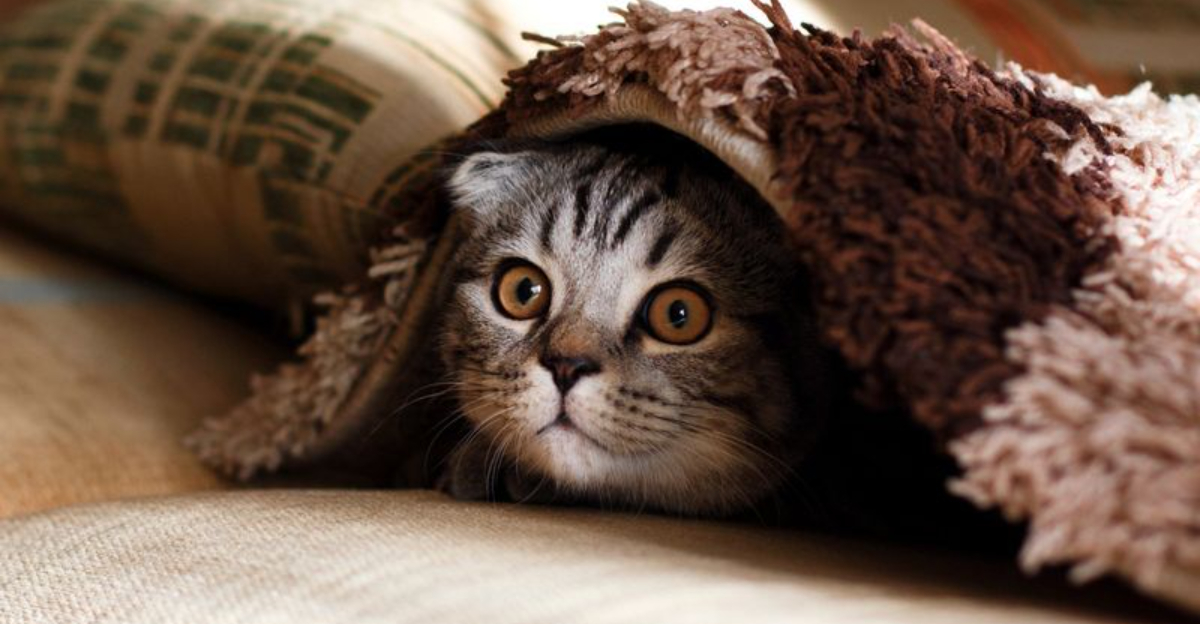Cats are known for their acute senses, especially their hearing. This makes them highly sensitive to various sounds that may be harmless to humans but can be quite distressing for them.
Understanding these sounds can help cat owners create a more comfortable environment for their furry friends. Here’s a look at some sounds that are known to bother our feline companions.
1. Vacuum Cleaners
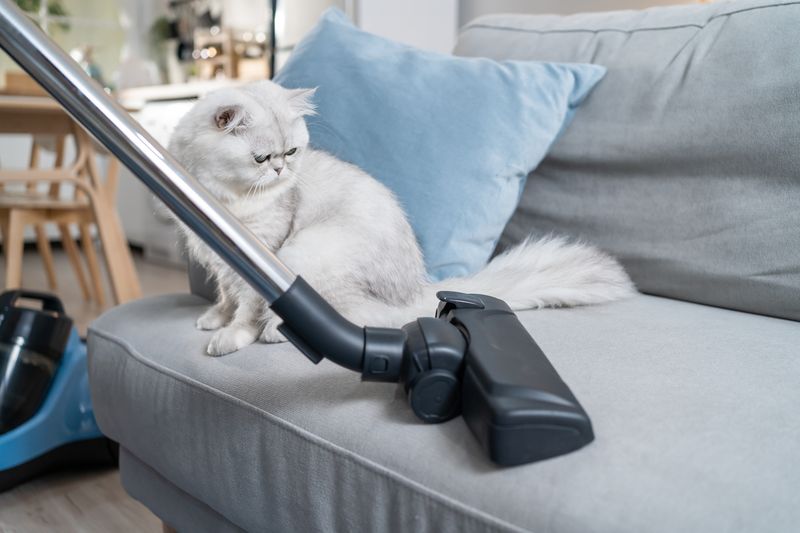
The sound of a vacuum cleaner is often dreaded by cats. This noise is loud, unpredictable, and completely disrupts a cat’s peaceful environment. Cats thrive in quiet spaces, and the sudden roar of a vacuum is like a thunderstorm to them.
Many cats will dash away at the first sign of a vacuum’s presence, finding solace in quieter corners of the house. It’s a common sight as pet owners run their cleaning routines. The sound’s frequency and volume can be overwhelming, causing stress and anxiety.
While some cats may eventually become accustomed to it, many will continue to feel uneasy. Providing a safe, quiet space away from the noise can help.
Some owners find that introducing the vacuum while it’s turned off and offering treats can gradually desensitize the cat. However, patience is key, as forcing an interaction might only heighten their distress.
2. Fireworks
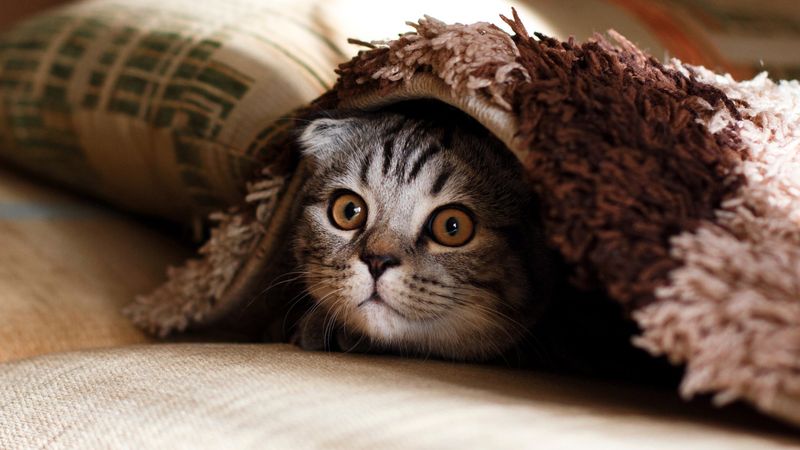
Fireworks create a spectacle for humans but cause distress for many animals, including cats. The sudden bursts of loud noise and bright lights can be terrifying.
As creatures who value routine and predictability, the unexpected nature of fireworks can be alarming. During celebratory times like New Year’s Eve or Independence Day, cats might hide under beds or in closets.
The fear of fireworks is similar to their fear of thunderstorms, combining both auditory and visual stimuli. Preparing a safe space for your cat during these events is essential. A cozy spot with familiar blankets and toys can offer some comfort.
Playing calming music to mask the noise can also help. If your pet consistently experiences severe anxiety, consult a veterinarian for further advice. Seeking professional guidance can sometimes be the best approach to ensure your feline friend remains calm.
3. Thunderstorms
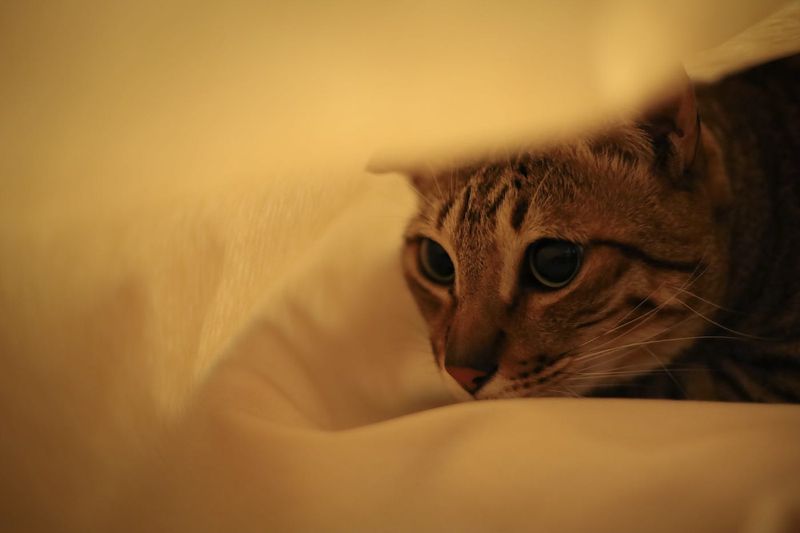
Thunderstorms can be a source of immense anxiety for cats. The rumbling thunder and flashes of lightning disrupt their sense of safety and control.
Cats might hide or become exceptionally clingy during these times, seeking reassurance from their owners. The unpredictability of the storm’s duration adds to their stress. Creating a comfortable environment can help mitigate this fear.
Providing a quiet, dimly lit room away from windows can offer some relief. Some cat owners have found success using pheromone diffusers that promote a calming effect.
Cats are highly sensitive to changes in barometric pressure as well, which can exacerbate their anxiety. Understanding and acknowledging their fears can foster a supportive environment.
By showing patience and offering comfort, you can help your cat weather the storm with less fear. Keeping them indoors during such events is always a wise choice.
4. Loud Music

Cats, with their acute hearing, find loud music particularly distressing. They are attuned to sounds at much higher frequencies than humans, making any loud noise potentially overwhelming.
Environments with blaring music can become stressful, causing them to seek quieter retreats. This is especially true for music with heavy bass or sudden changes in volume. Offering a quieter space or turning down the volume can significantly ease their discomfort.
Observing your cat’s behavior can provide clues about their preferences. While some might tolerate soft, soothing tunes, others may prefer silence.
Spotting flattened ears or dilated pupils are signs of distress to watch for. Creating an environment conducive to a cat’s comfort involves understanding their auditory sensitivities. By being mindful of the volume and type of music played, you contribute to a more harmonious living space for your pet.
5. Doorbells
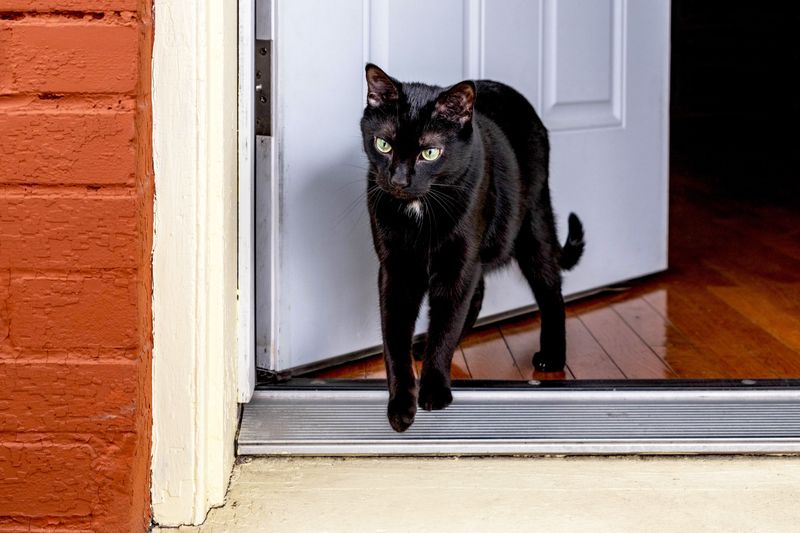
The sudden chime of a doorbell can send many cats scrambling for cover. This abrupt sound interrupts their peaceful routine, signaling an unexpected change in their environment.
Cats, creatures of habit, often react to the uncertainty of who or what might be entering their safe space. The anxiety caused by this noise can be alleviated by creating a consistent routine around visitors.
Gradually desensitizing your cat to the doorbell sound can help, possibly using recordings played at a lower volume.
Rewarding calm behavior with treats can also create positive associations over time. Understanding that each cat reacts differently is crucial.
Some may never fully adjust, while others might grow more accustomed with repeated exposure. Providing a retreat, like a cozy bed in a quiet room, can offer comfort during these unsettling moments. Respecting your pet’s need for security is fundamental.
6. Alarm Clocks
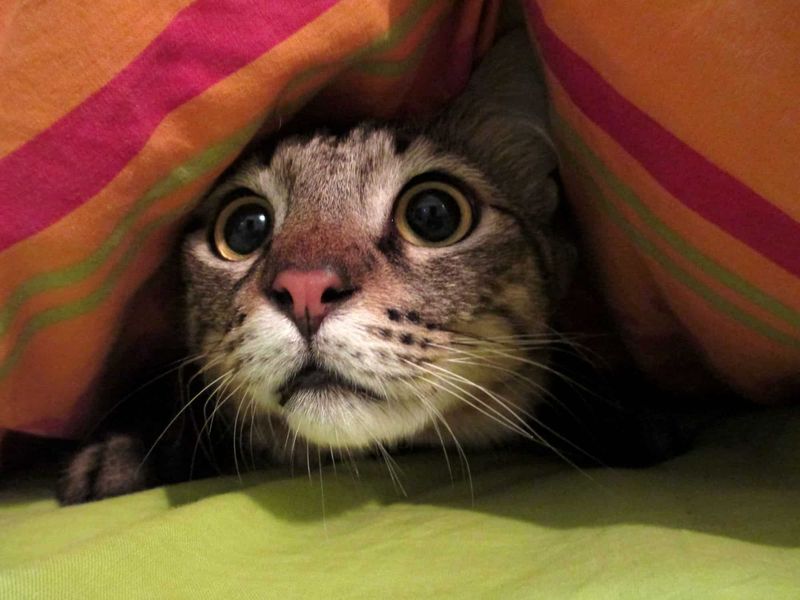
Alarm clocks, with their abrupt and persistent noise, can unsettle a sleeping cat. The shrill sound typically signals an immediate change in the household’s energy, often disrupting a cat’s nap time.
For many cats, this sudden noise is a source of irritation and anxiety. It’s beneficial to keep alarm clocks at a lower volume and distance them from where your cat usually rests.
Observing your pet’s reactions can provide insights into what adjustments might be necessary. Some cats may adjust over time, but others remain consistently on edge, especially if they’re woken suddenly.
Providing a quiet retreat that’s away from the noise, such as a different room or a cozy nook, can help. Understanding your cat’s preferences and adjusting your routine to minimize disturbances shows consideration for their comfort and well-being.
7. Kitchen Blenders
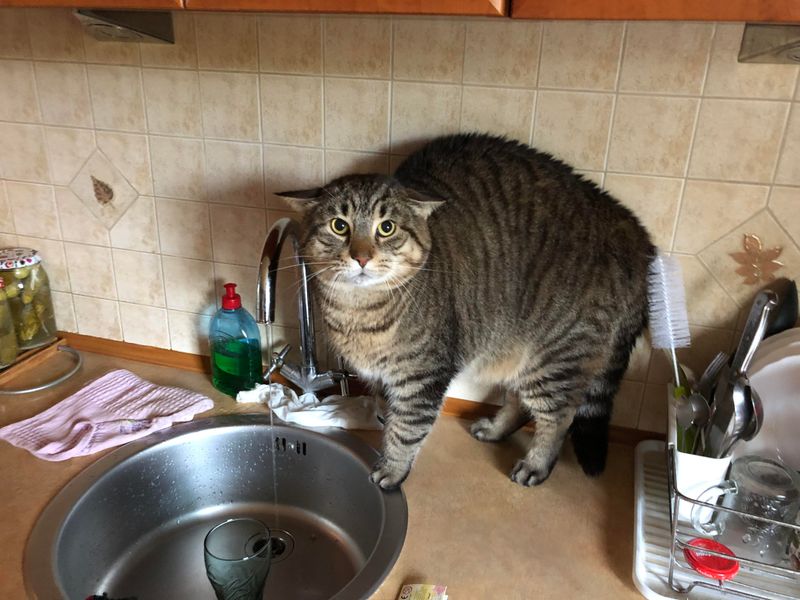
Kitchen blenders, with their loud and whirring noise, can be a significant source of stress for cats. The sharp, high-pitched sound disrupts their tranquil environment, causing many to flee to quieter areas.
This reaction is similar to the anxiety caused by vacuum cleaners. To alleviate this stress, it’s helpful to create a distance between the blender’s noise and your cat’s favorite resting spots. Some pet owners choose to blend in closed rooms or while their cats are outside.
Observing your cat’s body language can guide you in understanding their tolerance levels. Providing reassurance and comfort in the form of gentle petting or treats can help soothe their anxiety.
With time, some cats might adapt to household noises, but others may always require extra care to ensure their sense of security is maintained during such activities.
8. Sirens
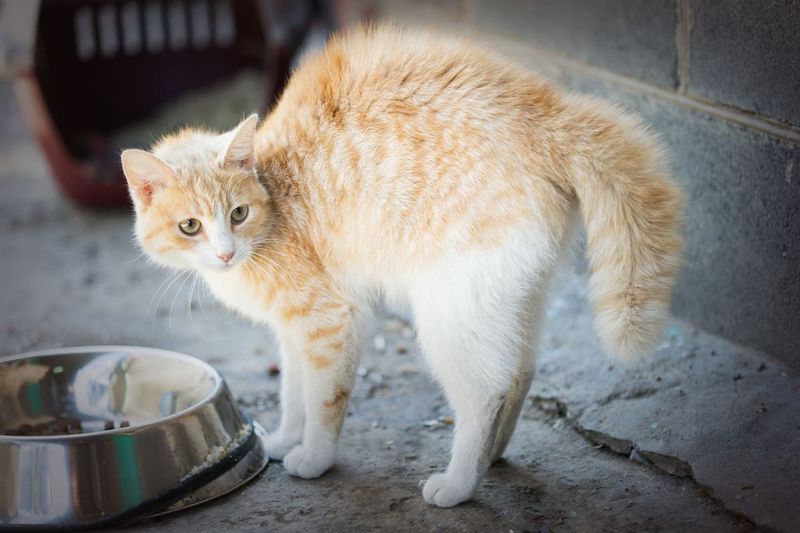
Sirens, whether from police cars, ambulances, or fire trucks, are piercing and unsettling for cats. The high-pitched wails can be particularly distressing, given their acute hearing abilities. Living in urban areas, where sirens are more frequent, might exacerbate this reaction.
To help your cat cope, consider creating a safe space where outside noises are muffled. This can be a cozy spot away from windows or in a sound-insulated room.
Playing soft music or white noise can also mask these intrusive sounds. Understanding your pet’s patterns and preferences can aid in providing a nurturing environment.
For some cats, exposure to occasional siren sounds might lead to habituation, but others may remain sensitive throughout their lives. Recognizing and addressing these fears is part of responsible pet ownership, ensuring your feline’s comfort and happiness in their home.
9. Lawn Mowers
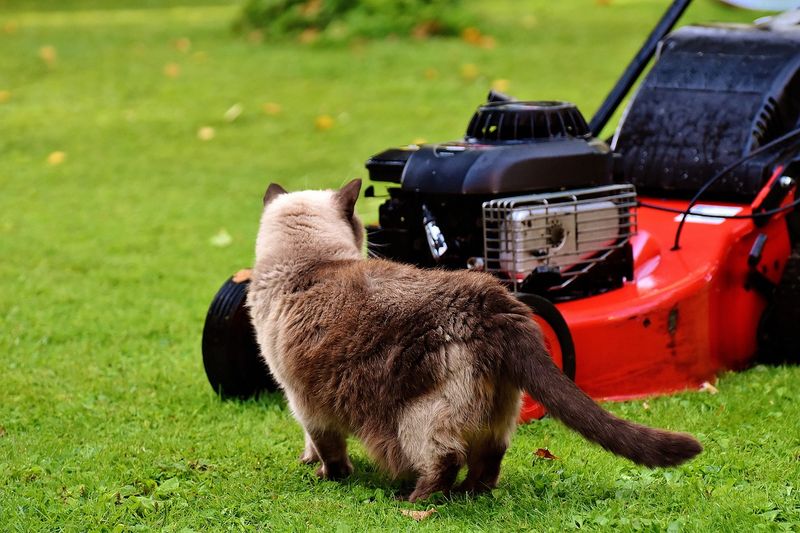
Lawn mowers are another common household noise that cats often dislike. The rumbling sound and vibration can be unsettling, making them wary and anxious.
For cats that enjoy lounging by windows, the sight and sound of lawn maintenance might drive them to seek quieter havens. Considering the regularity of lawn care, it’s beneficial to establish routines that familiarize your cat with these sounds gradually.
Introducing them to the noise from a distance may reduce anxiety over time. If possible, engage in lawn work when your cat is indoors, and away from noise sources.
Offering distractions, such as toys or treats, can help shift their focus away from the disturbance. Recognizing the importance of minimizing stressors is key to maintaining a harmonious environment for both you and your pet.
10. Construction Noises
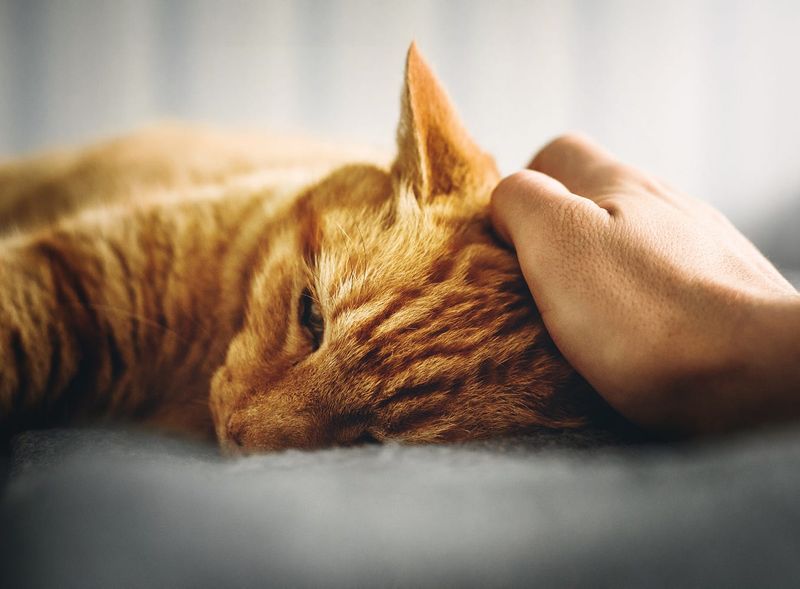
Construction noises are inherently loud and unpredictable, often causing distress for cats. The sounds of drilling, hammering, and machinery can create a sense of chaos, upsetting their need for a stable and calm environment.
Cats living near construction zones might exhibit heightened anxiety or changes in behavior. Mitigating these effects involves creating a buffer from these disturbances. Closing windows and using heavy curtains can reduce the noise levels.
Consider providing access to interior rooms where the sound is less pronounced. Some cats may benefit from soothing music or noise-cancelling devices designed for pets. Understanding and acknowledging these sensitivities is crucial.
By making adjustments to your living space, you can help ease your cat’s stress and promote a more peaceful atmosphere. Consistency and patience are vital in ensuring your feline companion’s well-being during such noisy activities.
11. Hair Dryers
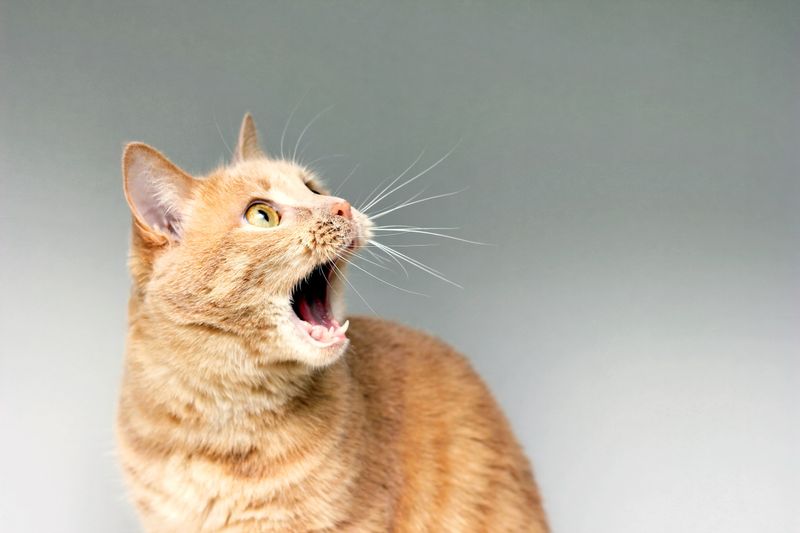
The noise from hair dryers can be particularly distressing for cats. The high-pitched sound and rush of air create an uneasy environment for them to navigate. For many cats, this appliance is associated with fear and avoidance behavior.
Reducing the impact of this noise can involve using the dryer in a separate room or while your cat is engaged elsewhere.
Some owners find that introducing the dryer when off and rewarding calm behavior can help reduce anxiety. Building positive associations is essential.
Over time, some cats may grow more accustomed to the sound, especially if introduced gradually. Always pay attention to your cat’s body language for signs of stress. Providing an alternative space where they feel safe and secure is crucial to maintaining their comfort.
12. Barking Dogs
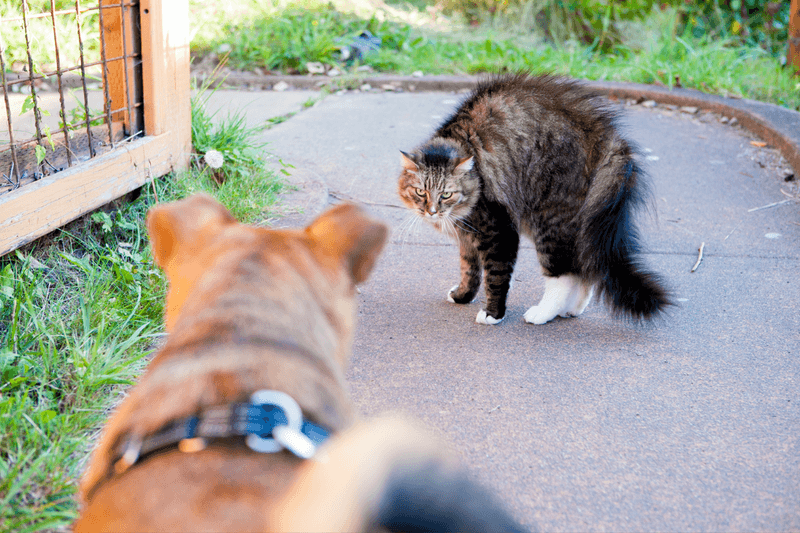
The sound of barking dogs can be unsettling for cats, triggering their instinctual flight response. Loud and persistent barking can lead to stress, especially in multi-pet households or areas with frequent dog walkers.
Cats may seek higher ground or hidden nooks to escape the noise. Creating a peaceful haven away from outdoor disturbances can offer solace for your feline friend. Reducing exposure by closing windows or using sound-dampening materials can help.
Introducing the sound of barking gradually, at low volumes, might ease the tension over time. Understanding each cat’s tolerance level and providing a consistent routine is key. Some cats may never fully acclimate, requiring ongoing adjustments to their environment.
Observing their reactions and modifying your approach based on their needs can foster a supportive atmosphere for your pet.
13. Crying Babies
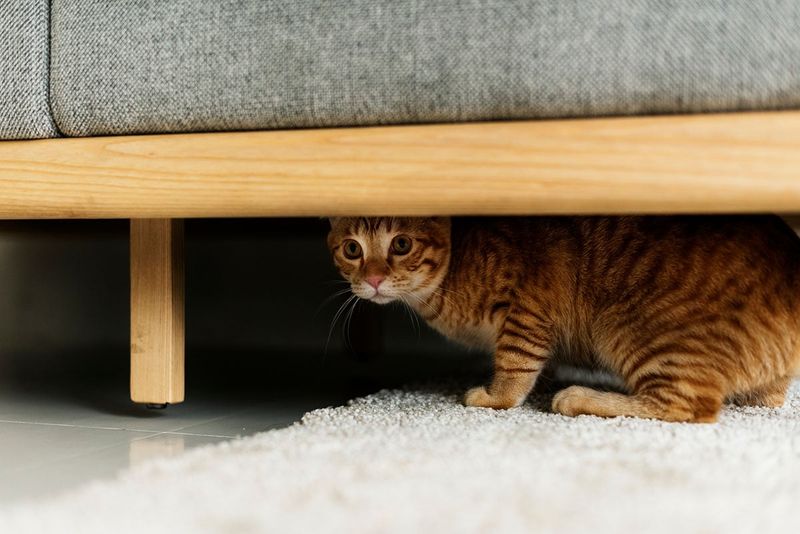
Crying babies can present a challenging auditory experience for cats. The high-pitched and often prolonged cries can be unsettling, disrupting a cat’s sense of peace. For those sharing their home with infants, this can become a frequent source of agitation.
Providing a quiet retreat during such times can help. Creating a dedicated space where the cat can feel secure away from the noise is beneficial.
Engaging your cat with toys or calming activities can redirect their focus. Understanding that this phase is temporary and adapting your environment accordingly is crucial.
As the baby grows and the crying diminishes, most cats will find it easier to adjust. Throughout this period, maintaining patience and a calm demeanor can support your cat’s transition into a new family dynamic.

